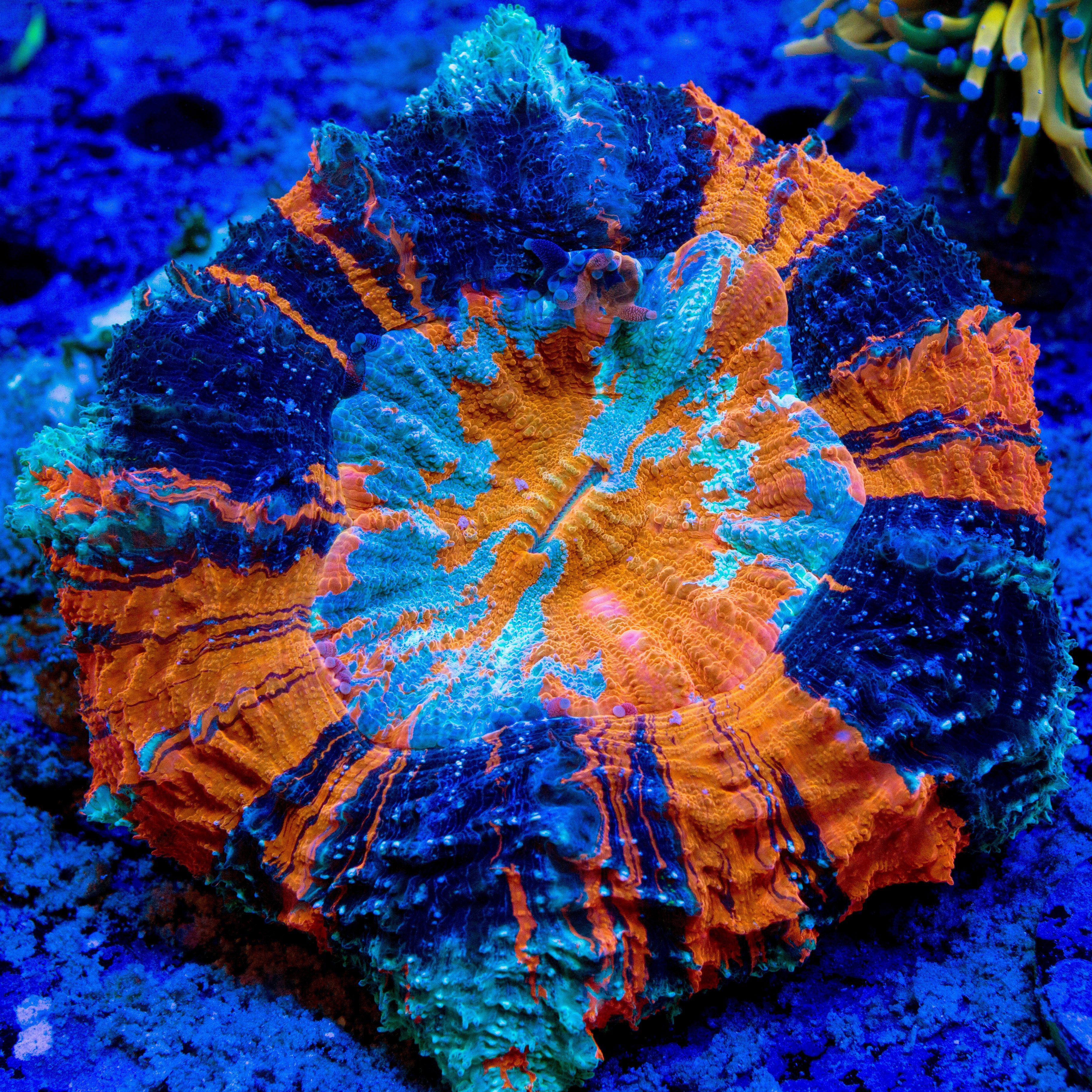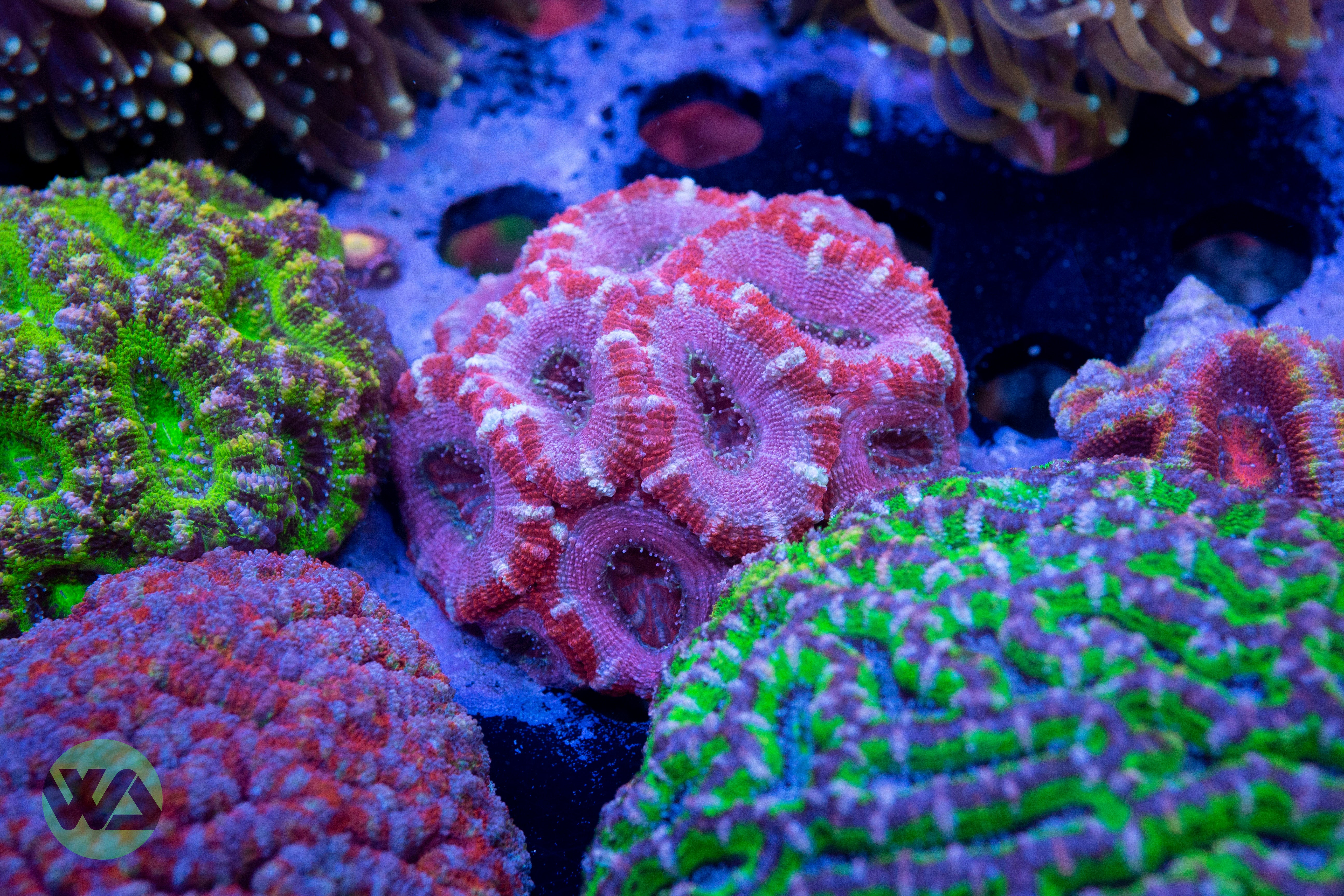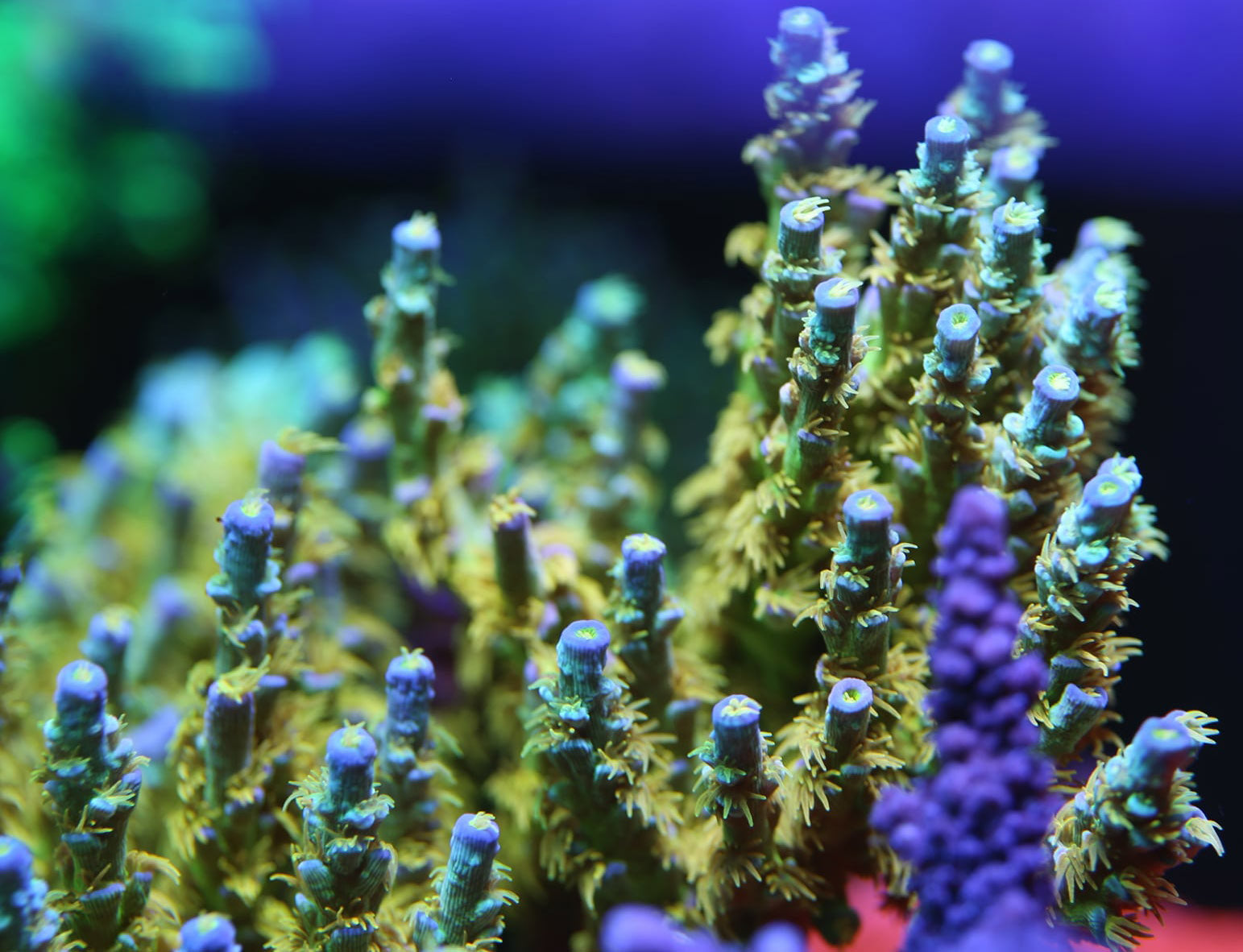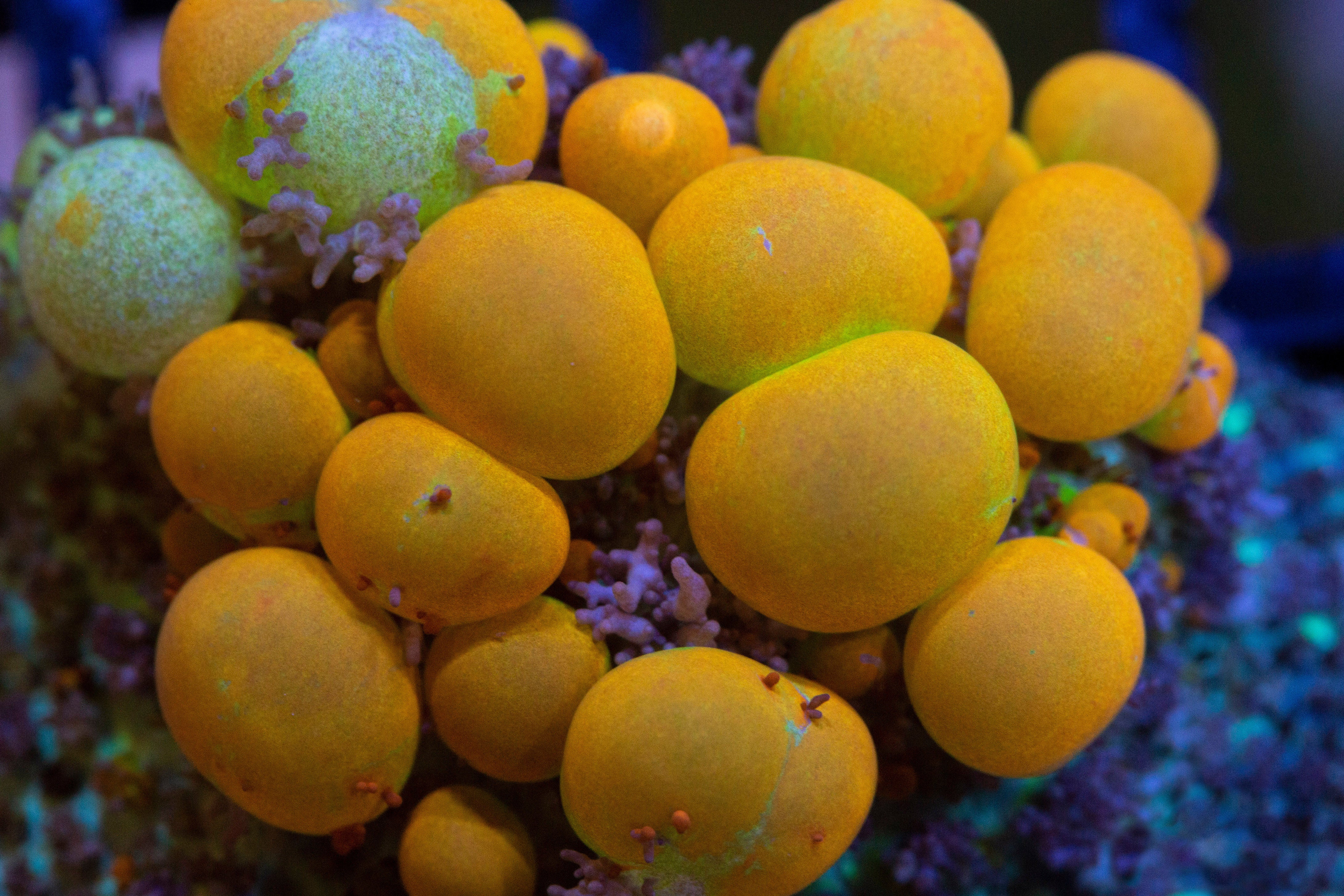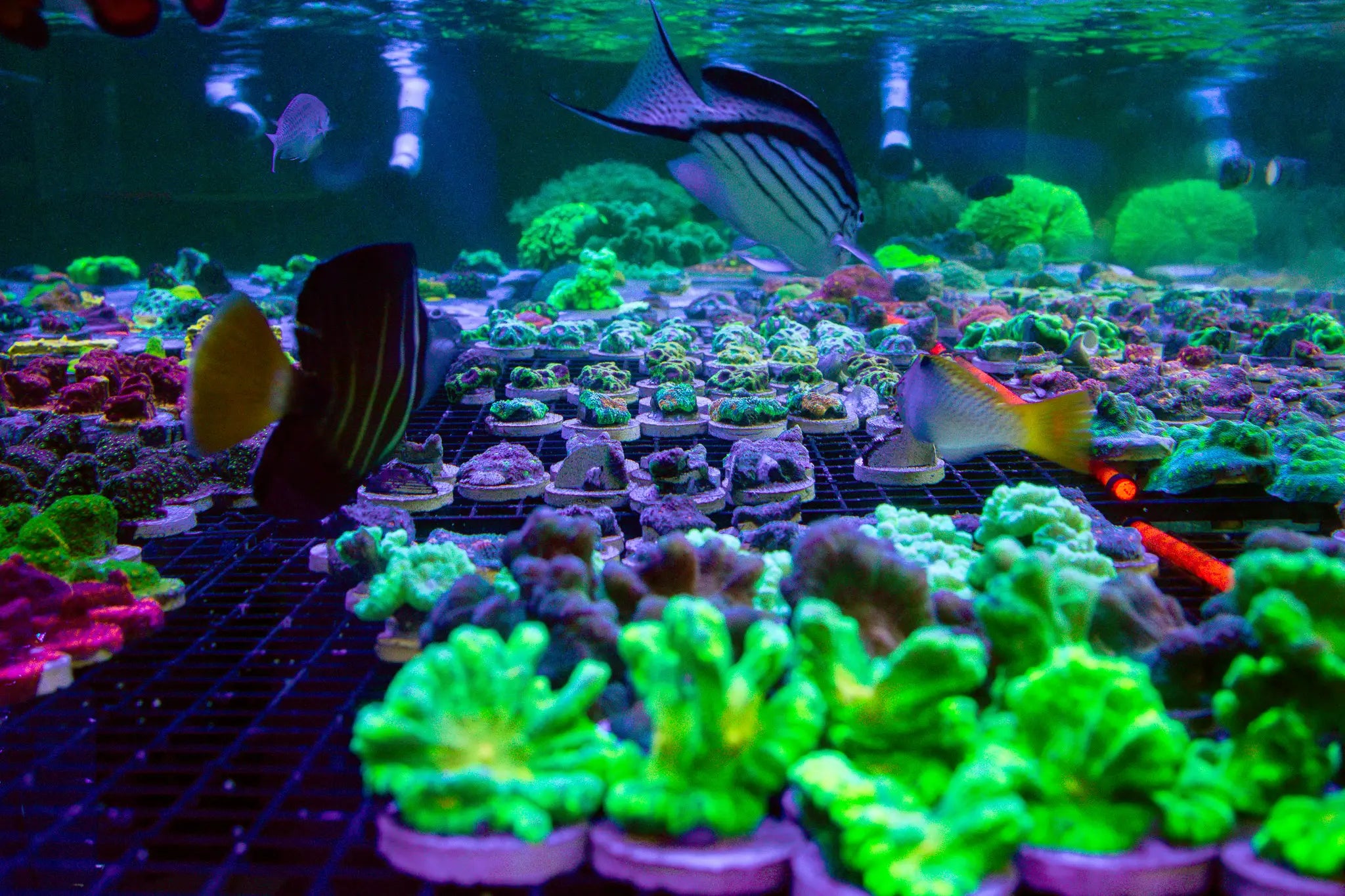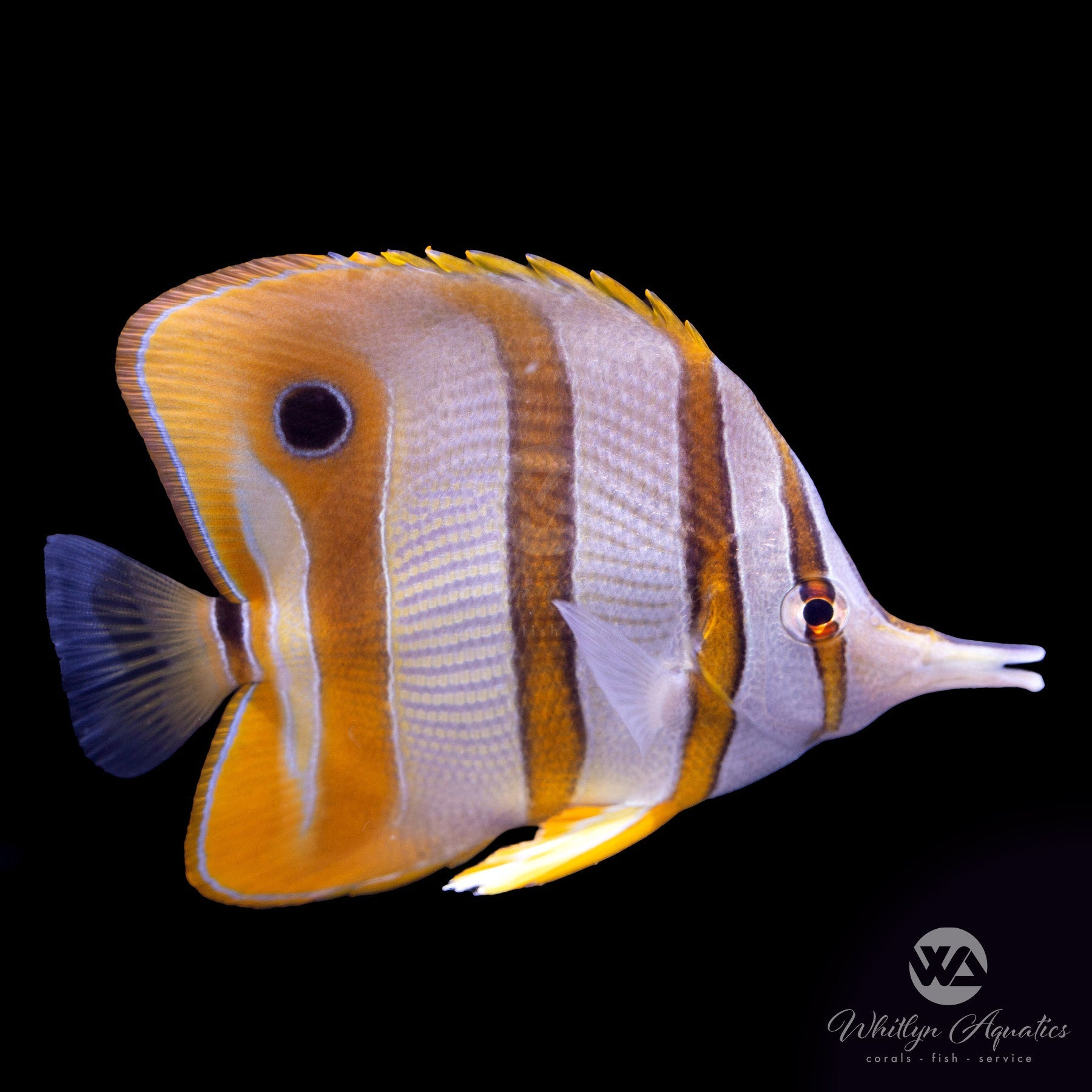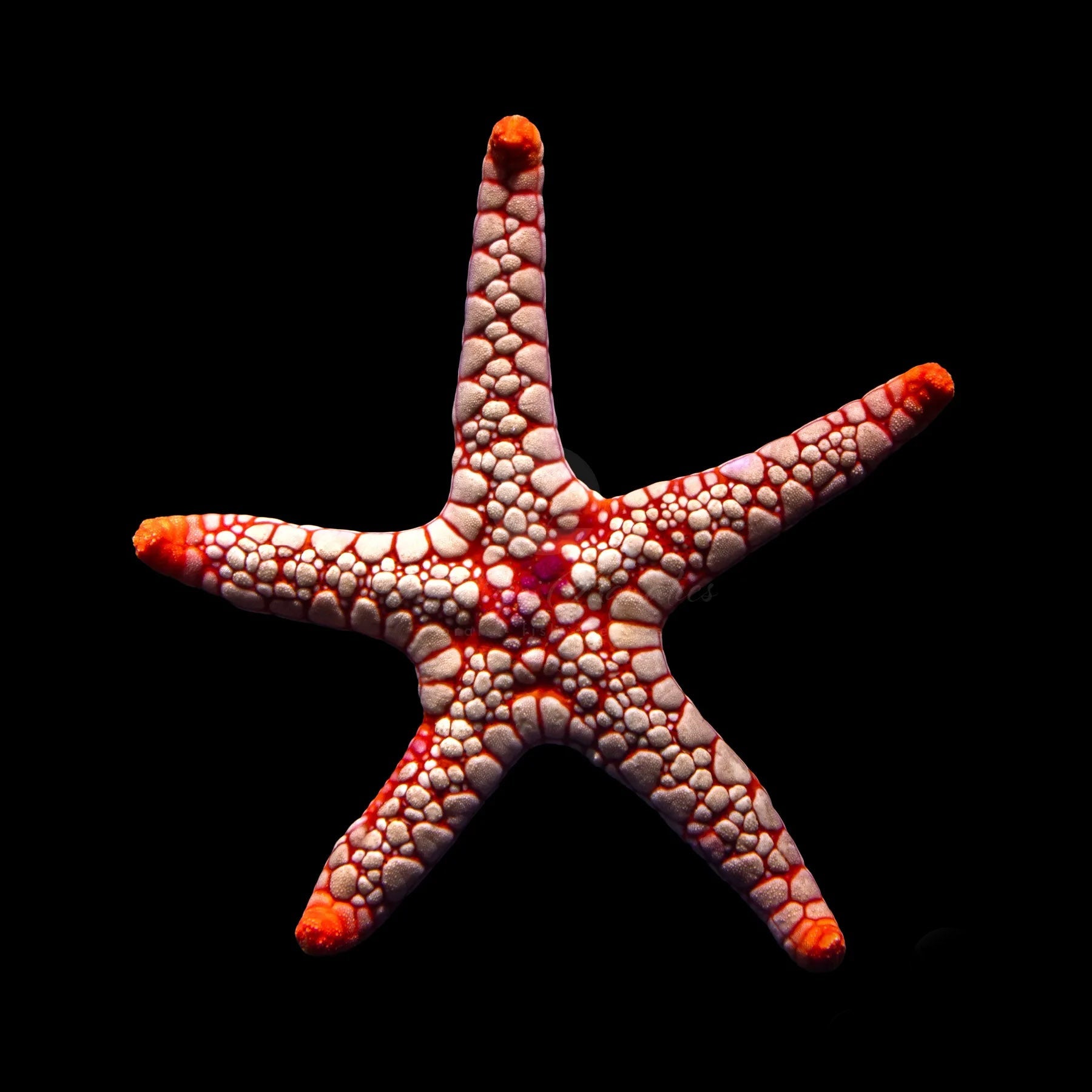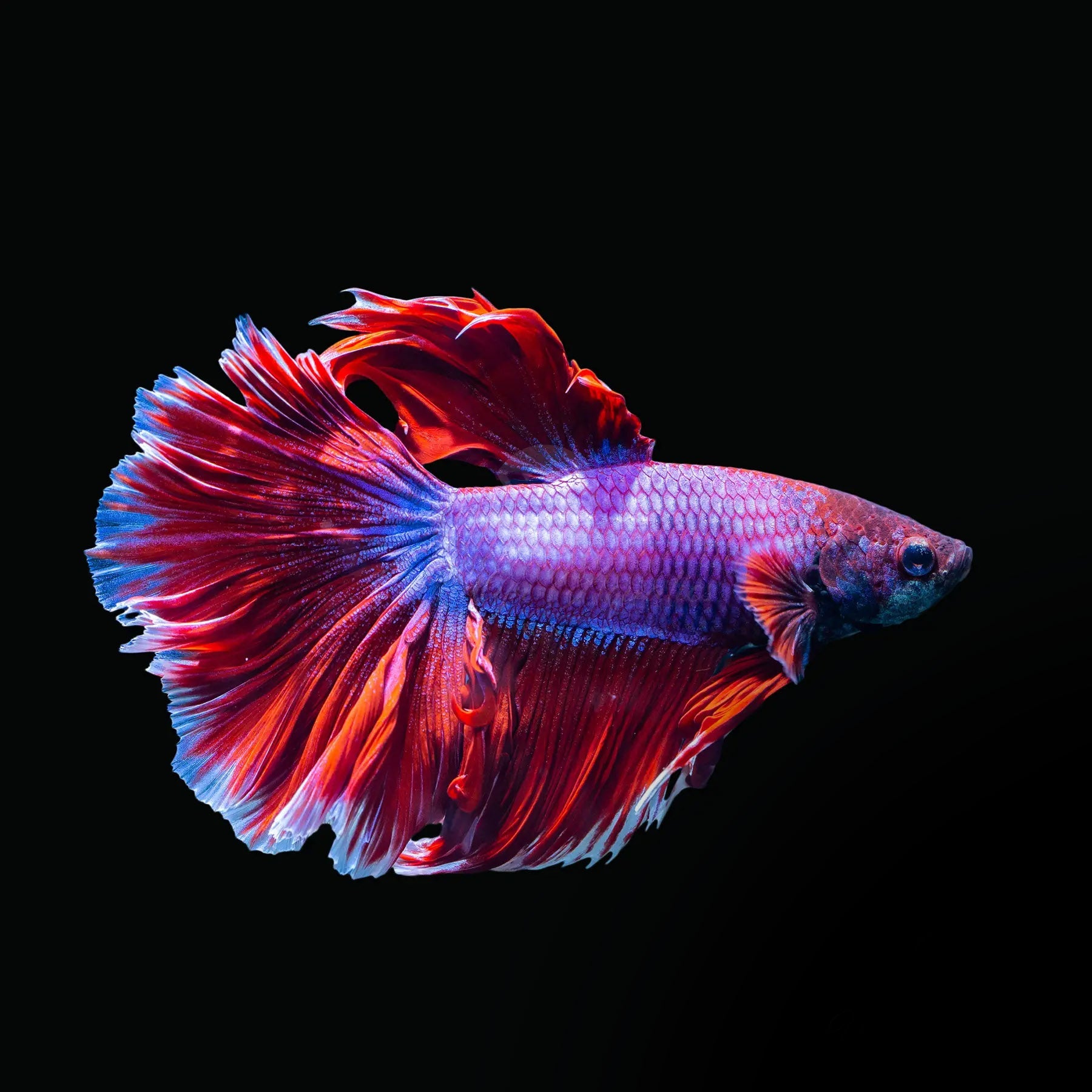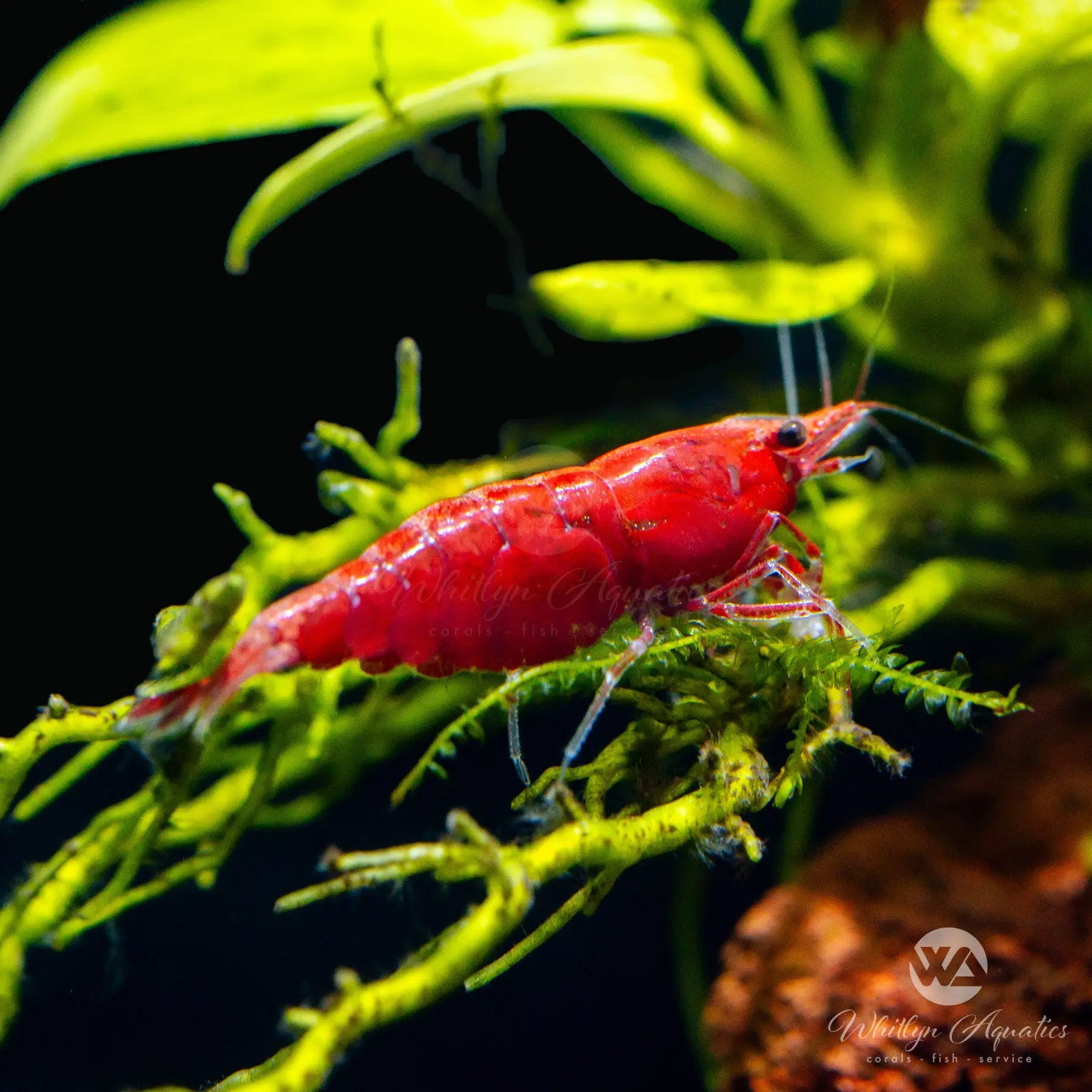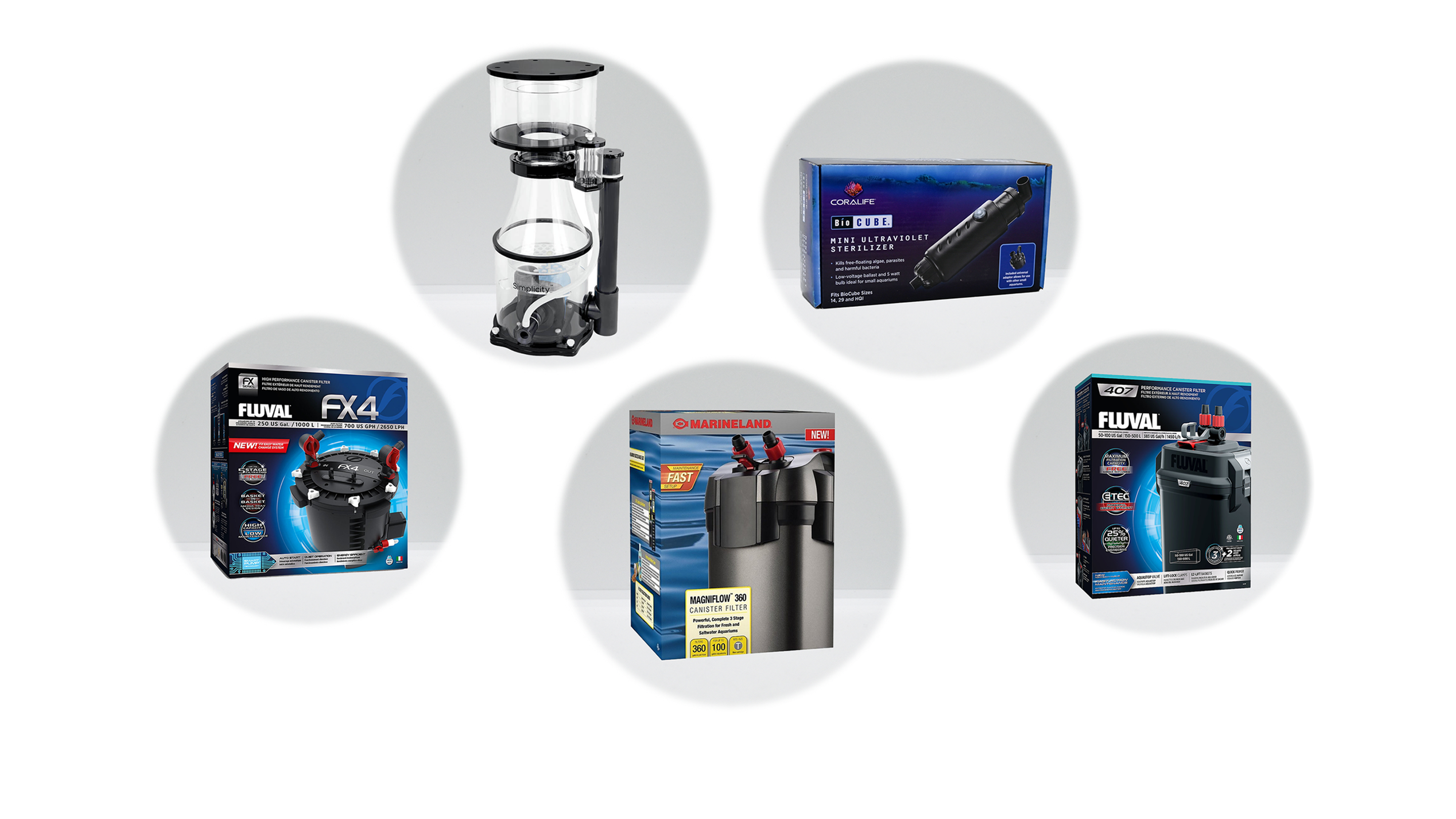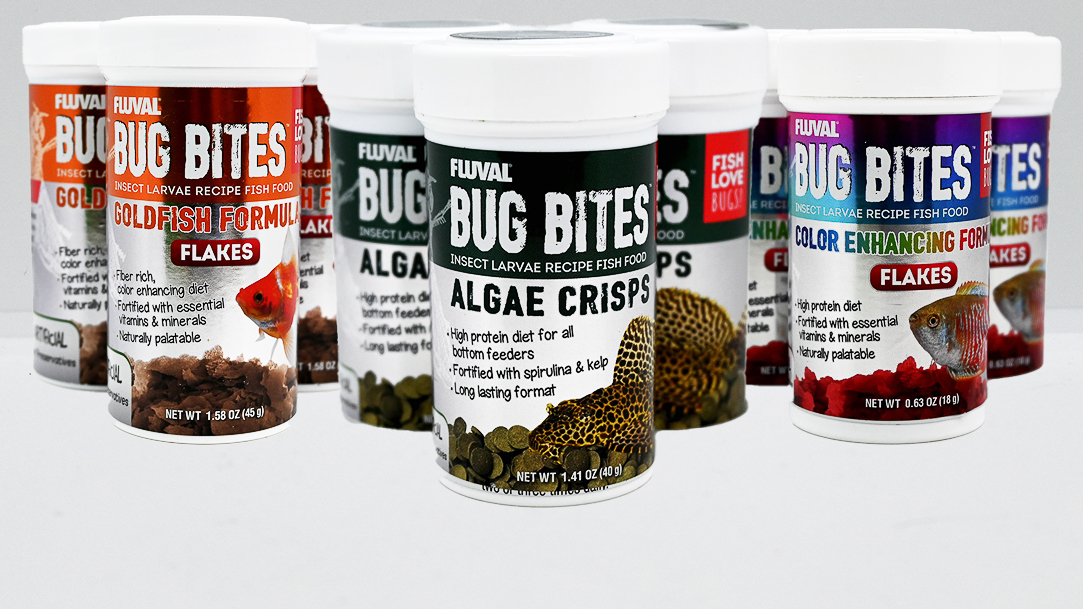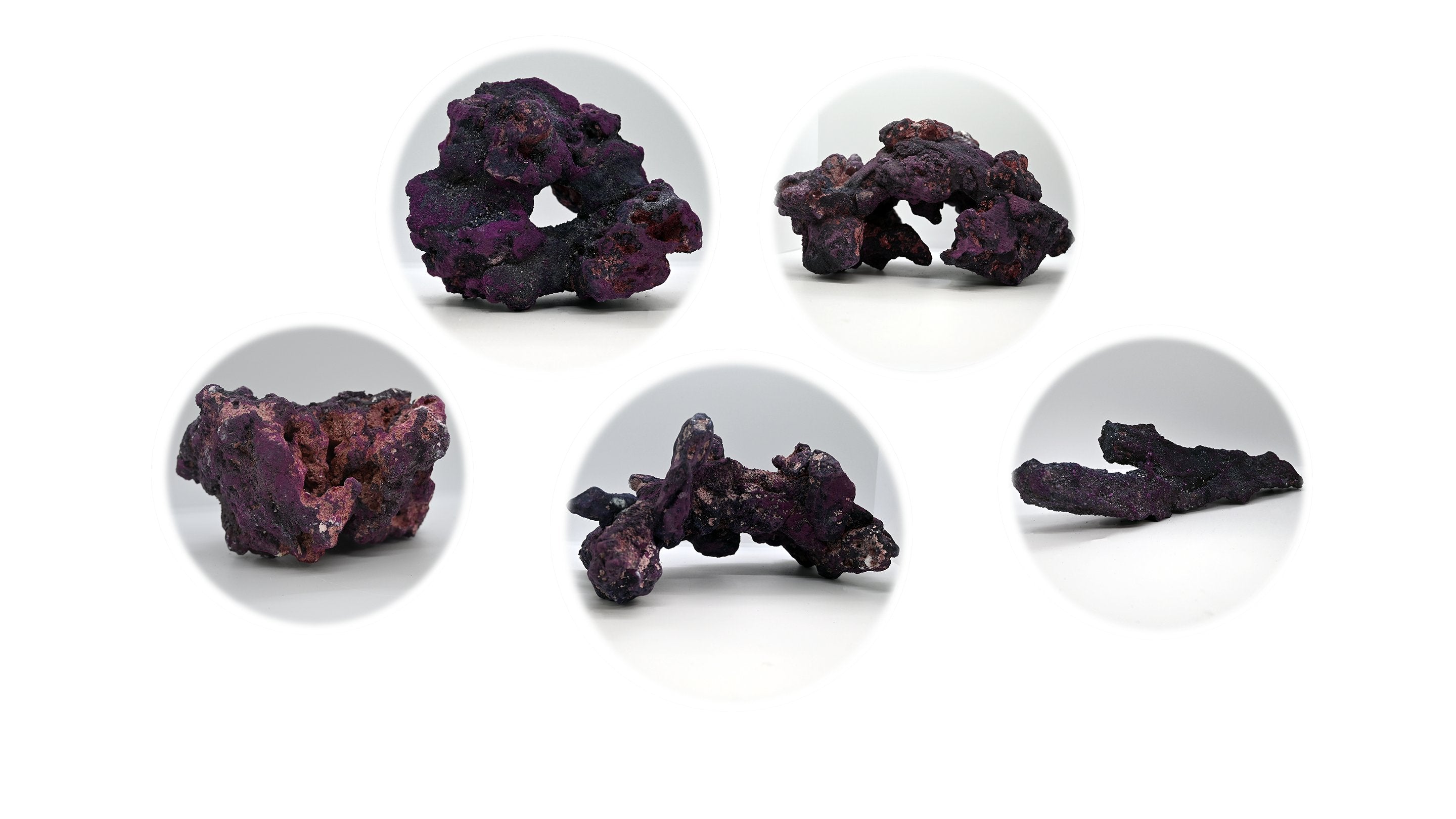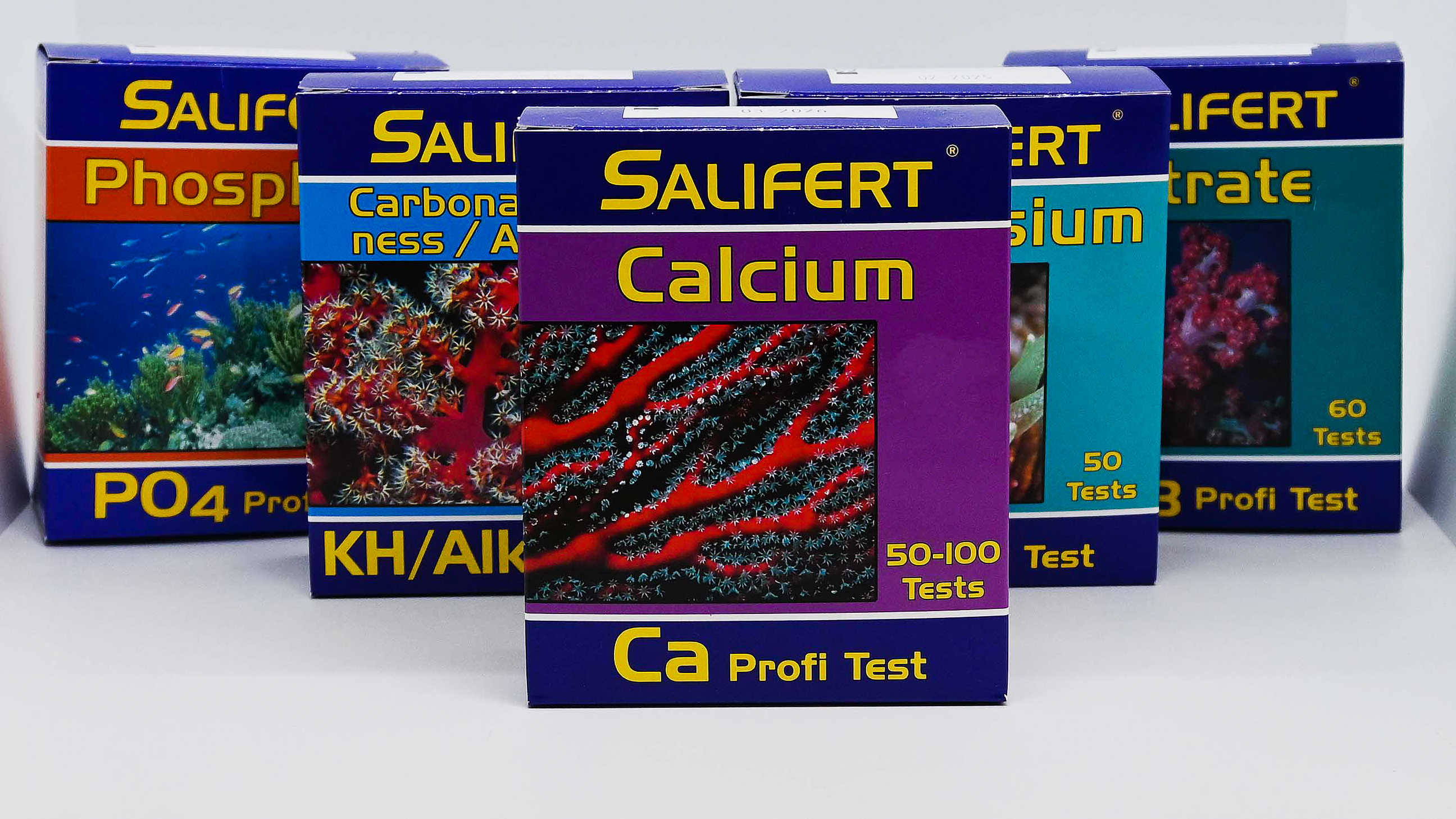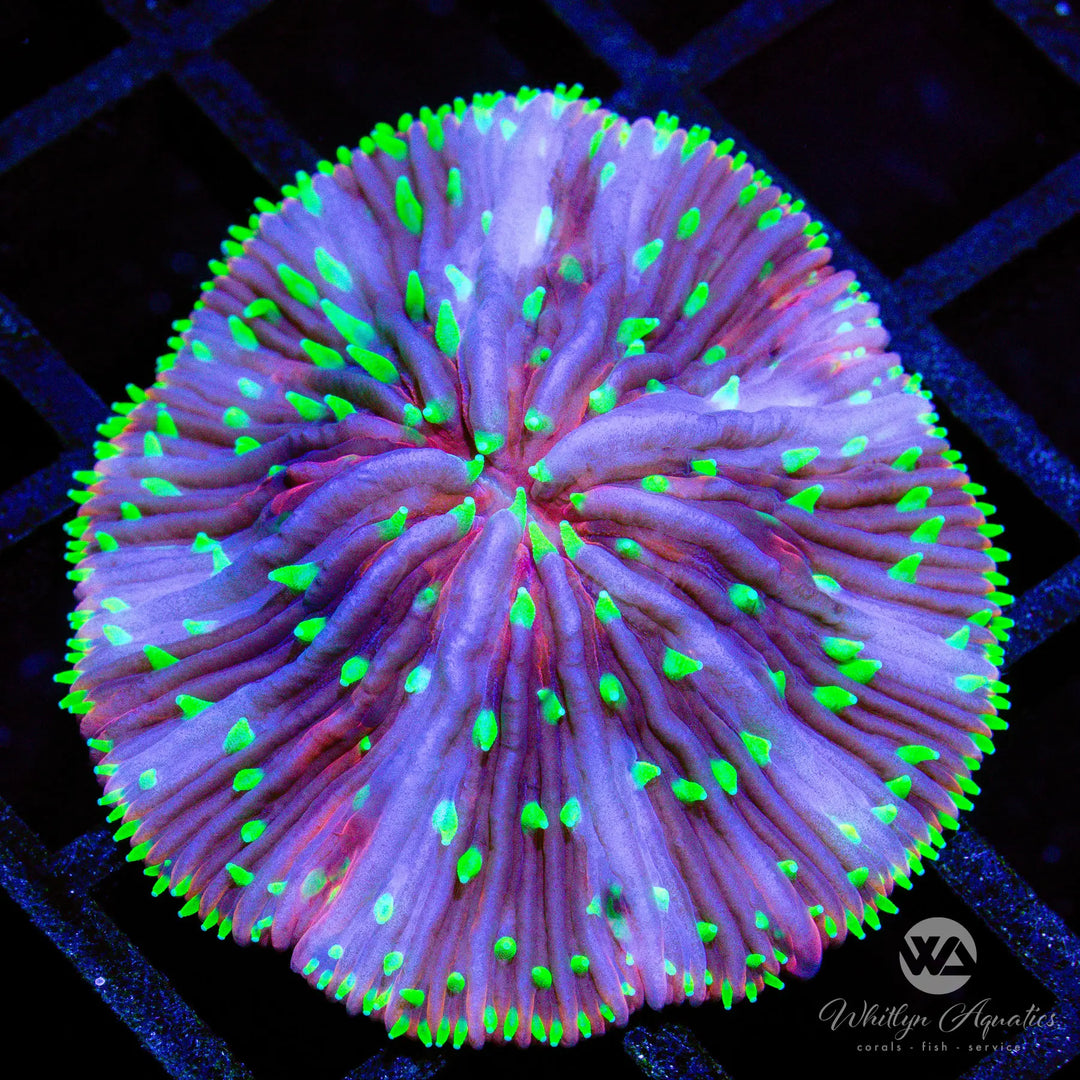
(X2) Ultra Plate Coral (~1.5") - WYSIWYG
- Low stock - 1 item left
- Backordered, shipping soon
All WYSIWYG (What You See Is What You Get) corals will be the exact specimen in the photo. Please note that corals may grow and shift in coloration slightly in the time between the photo being taken and delivery. We will contact you before shipping in the rare instance that the coral no longer meets the standards set by the photo.
Plate corals are striking LPS corals that add dramatic shape and movement to reef aquariums. Known for their flat, disc-like skeletons and vibrant tentacles, they come in a wide range of colors and patterns. Plate corals are photosynthetic but also enjoy occasional feedings, and they can even move across the substrate slowly over time by inflating their tissues and pushing across the substrate.
Description:
Common Names: Plate Coral, Disk Coral
Scientific Name: Fungia, Heliofungia, Diaseris, Cycloseris, Lithophyllon spp.
Family: Fungiidae
Temperament: Semi-aggressive (tentacles can sting nearby corals)
Difficulty: Moderate
Note: Heliofungia species have long, flowing tentacles, while Fungia and related species typically have shorter tentacles and more rigid skeletal forms.
Native Habitat & Distribution:
Plate corals are found across the Indo-Pacific, usually in sandy lagoon areas or lower reef slopes where they receive strong light and gentle water movement.
Aquarium Care & Setup:
Temperature: 74–80°F (23–27°C)
pH: 8.1–8.4
Salinity: 1.024–1.026
Lighting: Moderate, ideally 100–200 PAR
Flow: Low to moderate; avoid direct strong flow, which can damage tissue
Placement: Best placed on the sandbed with room to expand and move; avoid sharp rocks that can injure the coral’s underside
Care Tips & Feeding:
• Feeding: Accepts meaty foods such as mysis, brine shrimp, or reef-specific pellets; target feed 1–2 times per week for faster growth
• Growth Pattern: Flat, circular skeletons that can reach several inches across; capable of limited movement across the substrate
• Tankmates: Compatible with peaceful reef fish and invertebrates; avoid species that may nip fleshy tissue
• Behavior: Tentacles extend primarily at night for feeding, but some species (like Heliofungia) show long extension during the day as well
For more information, check out our plate coral care guide.
Are plate corals easy to keep?
Yes, most plate corals are moderately hardy, but Heliofungia are more delicate and suited for experienced reef keepers.
Do plate corals need feeding?
Yes, while they photosynthesize, target feeding 1–2 times per week improves growth, health, and recovery from damage.
What lighting do plate corals need?
Moderate to strong lighting (100–200 PAR) depending on species. Heliofungia prefer stronger light, while Fungia and Cycloseris adapt well to moderate light.
Where should I place plate corals in my tank?
On the sandbed, away from sharp rocks. This prevents tissue damage and allows the coral to inflate and move slightly.
Will plate corals sting other corals?
Yes, they are semi-aggressive and can extend short tentacles at night. Provide spacing from other corals.
How fast do plate corals grow?
Growth is moderate. Some, like Diaseris, can regenerate from fragments into whole colonies, while others grow steadily larger as single plates.


